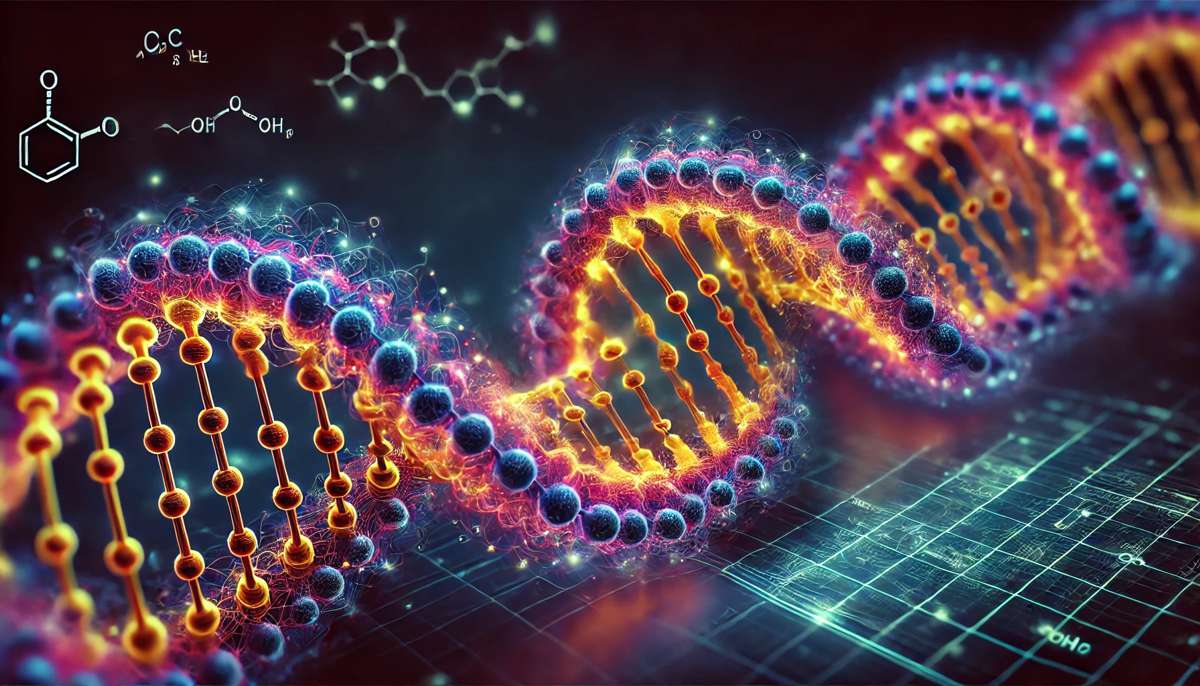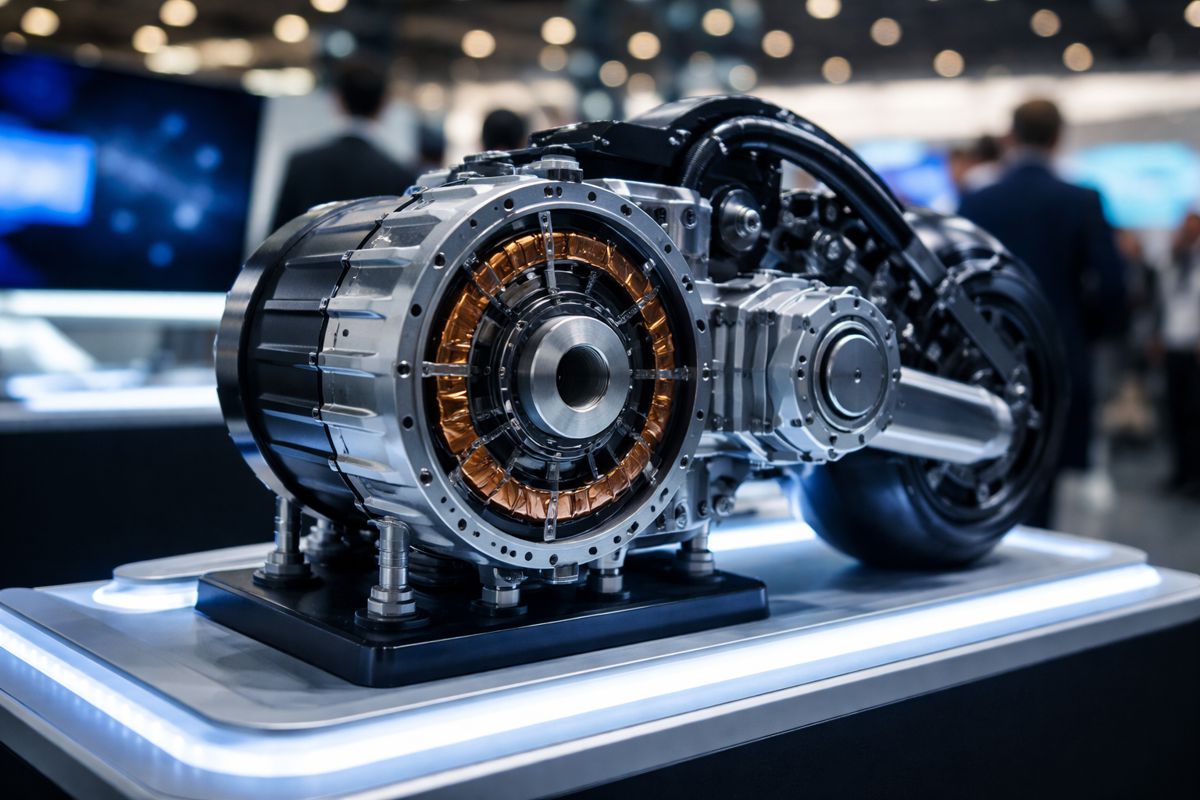Enhancing Conductivity with Helical Structures for Solid-State Batteries
Solid-state batteries have long been hailed as the future of energy storage, offering safety and efficiency improvements over their liquid-electrolyte counterparts. Yet, despite decades of research, the quest for a commercially viable solid-state battery has been elusive, mainly due to challenges with conductivity and material stability.
Researchers at the University of Illinois Urbana-Champaign have taken a significant step forward, presenting a ground-breaking approach that leverages the helical structure of peptide polymers to enhance both the conductivity and stability of solid-state electrolytes.
This innovative concept holds the promise of revolutionising the development of next-generation batteries, making them more sustainable, efficient, and commercially practical.
The Science Behind the Helical Advantage
For decades, the development of solid-state batteries has focused on finding a suitable solid polymer electrolyte (SPE) to replace the liquid electrolytes used in conventional batteries. Liquid electrolytes, while effective at ion transport, are flammable and pose safety risks, particularly in high-energy applications. Solid-state electrolytes, on the other hand, offer improved safety but have struggled with lower conductivity and material degradation.
The team of researchers led by Professor Chris Evans investigated how the secondary structure of peptide polymers could influence these properties. Specifically, they explored the role of a helical structure—a naturally occurring configuration in biological peptides—in boosting the ionic conductivity of these polymers. The results were striking: the helical structure significantly outperformed its random coil counterparts, showing markedly enhanced conductivity and stability.
Helical Structures: A Game-Changer for Solid-State Electrolytes
In typical polymers, molecular chains often adopt random, disordered structures. However, by carefully controlling the backbone of the polymer, the researchers managed to induce a helical configuration, akin to the double helix of DNA. This ordered structure brings with it a macrodipole moment, where the alignment of individual dipoles along the helix creates a large-scale separation of charges. This, in turn, improves both the conductivity and dielectric properties of the material—key factors for efficient energy storage.
Evans, explains: “We introduced the concept of using secondary structure—the helix—to design and improve upon the basic material property of ionic conductivity in solid materials. It’s the same helix you’d find in biological peptides, but here, we’re using it for non-biological applications.” The implications of this research are significant: longer helices correlate with higher conductivity, offering a clear path for optimising polymer designs for future applications.
Stability and Sustainability: Overcoming Traditional Polymer Limitations
One of the most critical challenges in developing solid-state electrolytes is ensuring stability across a range of temperatures and voltages. The research team found that the helical structure not only improves conductivity but also enhances the material’s robustness. Unlike random coil polymers, which can degrade under extreme conditions, these helical polymers retain their structure and performance even when subjected to high temperatures or voltages.
“These polymers are much more stable than typical polymers—the helix is a very robust structure. You can go to high temperatures or voltages compared to random coil polymers, and it doesn’t degrade or lose the helix,” notes Evans. “We don’t see any evidence that the polymer breaks down before we want it to.”
This improved stability makes the material particularly attractive for applications in energy storage systems where consistent performance over time is critical.
Environmental Impact: A Greener Battery Solution
The sustainability angle of this research cannot be understated. The helical polymers are made from peptides—chains of amino acids—that can be easily broken down into their constituent monomers using enzymes or acid. When a battery reaches the end of its life, these polymers can be degraded, and the starting materials can be recovered, purified, and reused. This closed-loop approach significantly reduces the environmental impact, addressing one of the key concerns surrounding battery production and disposal.
In an industry increasingly focused on sustainability, this development offers a promising route to more eco-friendly energy storage solutions.
Collaborative Effort and Recognition
The study, titled “Helical peptide structure improves conductivity and stability of solid electrolytes,” was published in Nature Materials, underscoring the significance of these findings within the materials science community. This work is the result of a collaborative effort by researchers affiliated with the University of Illinois’s Materials Research Laboratory (MRL) and the Beckman Institute for Advanced Science and Technology. Contributing researchers include Yingying Chen, Tianrui Xue, Chen Chen, Seongon Jang, Paul Braun, and Jianjun Cheng from Westlake University in China.
The research was supported by the U.S. National Science Foundation and the U.S. Department of Energy’s Office of Basic Science, Division of Materials Science and Engineering, highlighting the critical role of public funding in advancing ground-breaking scientific innovations.
What’s Next? Scaling Up and Commercialisation
While the findings are compelling, the journey from laboratory research to commercial application is a challenging one. The next steps involve scaling up the production of these helical polymers and integrating them into prototype batteries. There’s also the matter of further optimising the materials for real-world conditions, such as varying temperatures and loads that commercial batteries would encounter.
However, with the significant advantages already demonstrated in terms of both conductivity and stability, this research represents a substantial leap forward in the development of solid-state batteries. The concept of using a helical structure opens new avenues for material design that could have implications far beyond just batteries, potentially impacting a range of industries reliant on advanced energy storage solutions.
A Bright Future for Solid-State Technology
The advancement of solid-state batteries has long been hindered by material limitations. However, by drawing inspiration from biology and applying it in a non-biological context, the University of Illinois team has laid the foundation for what could be the next generation of energy storage technology. With enhanced conductivity, stability, and sustainability, helical peptide polymers offer a tantalising glimpse into the future of battery technology—a future where energy storage is safer, more efficient, and environmentally responsible.
This breakthrough serves as a reminder that sometimes the answers to today’s technological challenges can be found in nature, awaiting discovery by those willing to look.




















